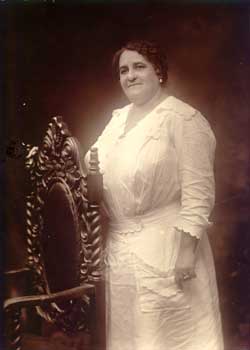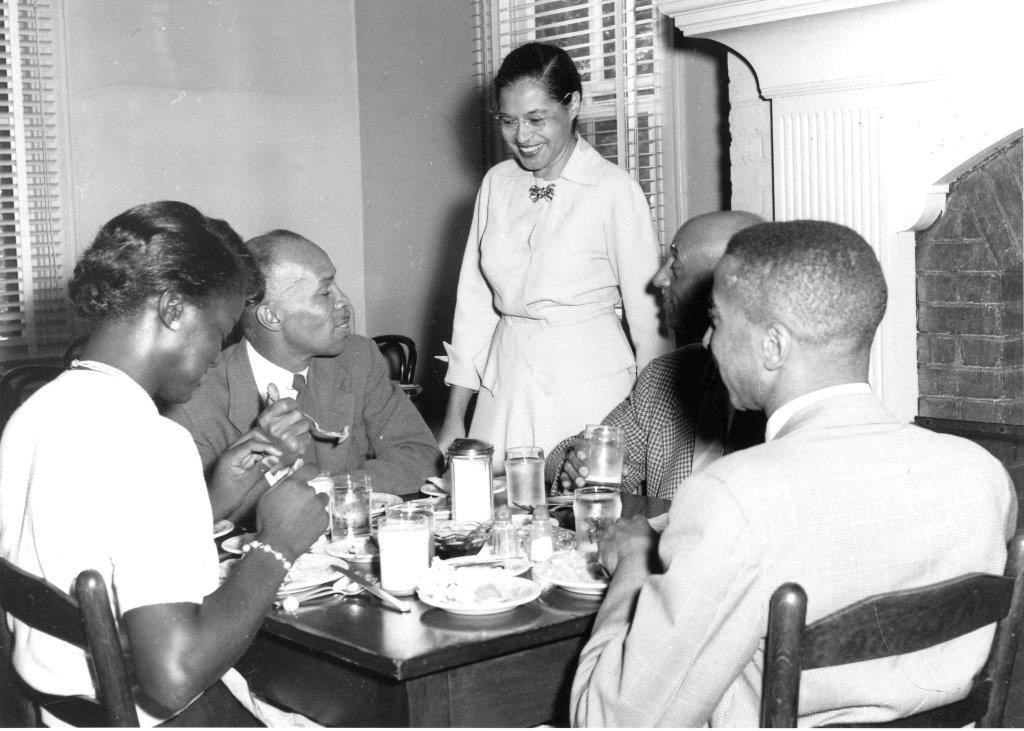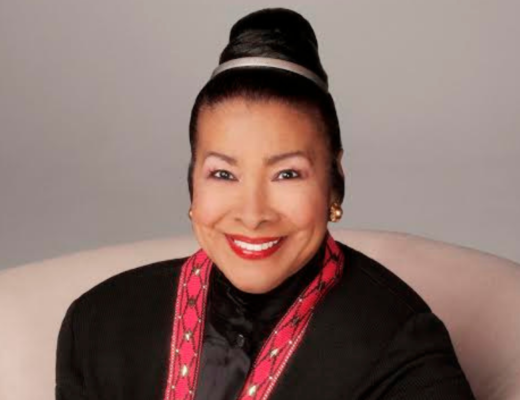
Bank founder. Businesswoman. Teacher.
Maggie Lena Walker (July 15, 1864 – December 15, 1934) was born two years and two months after the end of the Civil War to a former slave and a Confederate spy. At the age of fourteen, Maggie joined the local council of the Independent Order of St. Luke ,a fraternal burial society, established in 1867 that ministered to the sick and aged, promoted humanitarian causes and encouraged individual self-help and integrity. She served in numerous capacities of increasing responsibility for the Order, from that of a delegate to the biannual convention to the top leadership position of Right Worthy Grand Secretary in 1899, a position she held until she died.
After leaving her teaching position in 1886, Maggie devoted herself to the Order and rose steadily through its ranks. A pioneering insurance executive, financier and civic icon, she established the Juvenile Branch of the Order in 1895 while serving as grand deputy matron. This branch encouraged education, community service, and thrift in young members.
Walker had always focused her efforts on accounting and math. Her first business endeavor was a community insurance company for women. From there she continued her entrepreneurial pursuits. In 1903, she founded the St. Luke Penny Savings Bank. Walker was the first woman of any race to charter a bank in the United States. The bank was a powerful representation of black self-help in the segregated South. The Penny Savings Bank not only attracted adults but Walker worked to appeal to children by passing out banks which encouraged them to save their money.
In 1915, Walker’s husband was killed by her son, after he mistook him for a burglar. Her husband’s passing left her in charge of a large estate. She continued working for the Order of St. Luke’s but also held leadership positions in other civic organizations, including the National Association of Colored Women (NACW). She also served as the Vice President of the Richmond chapter of the National Association for the Advancement of Colored People (NAACP).
By 1924, the Penny Savings Bank had spread to other parts of Virginia and included more than 50,000 members. While other banks collapsed during the Great Depression St. Luke’s Penny Saving survived. The bank eventually consolidated with two other large bank and moved to downtown Richmond. It is still in operation today.
In 1905, Walker was featured alongside other African American leaders, such as Mary Church Terrell, T. Thomas Fortune, and George Washington Carver in a poster titled, “101 Prominent Colored People.”
Sources + Resources:
https://en.wikipedia.org/wiki/Maggie_L._Walker
https://www.womenshistory.org/education-resources/biographies/maggie-lena-walker




No Comments